
Starting June 1st, 2023 Our warehouse fee will be $0.65/cubic foot per month
In effort to lower the warehouse storage fee during inflation, we have went narrow aisle racking.This construction took us four months but the project is finally completed. With narrow aisle racking, we are able to drop storage by 24%.We as partners will go through this inflation together.
08/01/2024
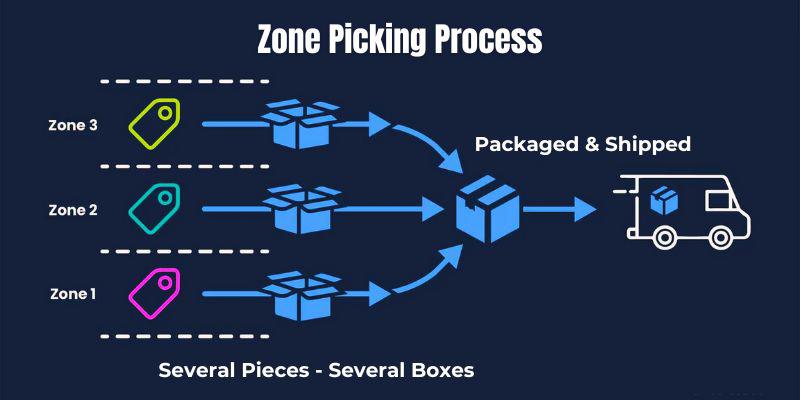
Zone picking, a strategic approach to order fulfillment, targets efficiency enhancement within the picking process. Particularly beneficial for warehouses boasting extensive stock keeping unit (SKU) varieties and diverse order classifications, this method stands out as an optimal choice, either independently or in conjunction with complementary strategies, to bolster productivity levels. However, it's worth noting that zone picking may not universally suit every warehouse environment.
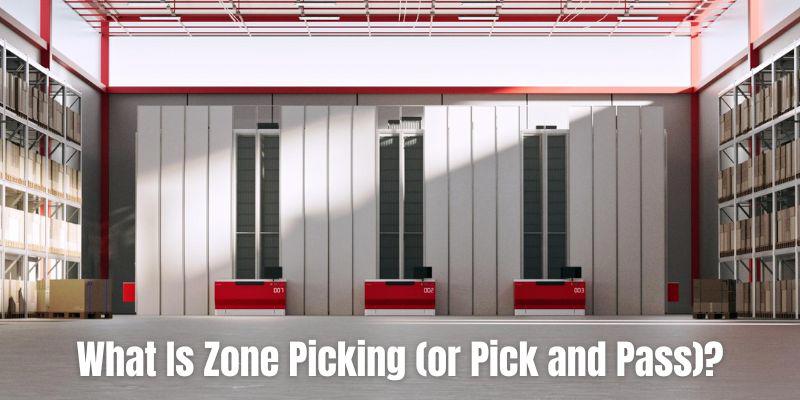
Zone picking, also known as pick and pass, stands as a fundamental method deployed in warehouses for order fulfillment. The process involves dividing the warehouse into specific sections or zones, each manned by individual order pickers. Similar to the layout of a supermarket, these zones could be designated for various purposes; some for fresh produce and frozen goods, others for fast-selling versus slow-selling items. Alternatively, zones might be organized according to specific picking requirements, such as those necessitating equipment like forklifts or those accommodating easily hand-picked SKUs.
Irrespective of the zoning criteria, workers exclusively pick SKUs from their assigned zones. This necessitates collaborative efforts among multiple order pickers to fulfill orders, often involving the passing of items to the next zone until the order is complete. This collaborative process is what gives rise to the term "pick and pass."
Zone picking is transforming warehouse efficiency, but how does it compare to other picking methods? Discover the benefits and see if it's right for your operation. Learn more in our in-depth guide
👉 How to improve warehouse sustainability? 10 breakthrough ideas
👉 A guide to Pick Lists: Meaning, options & Principles to remember
Zone picking and wave picking are two contrasting strategies employed in warehouse management. Unlike zone picking, which divides the warehouse into distinct zones, wave picking consolidates similar orders to be picked within a specified timeframe. The objective is to streamline picking schedules in alignment with various warehouse considerations such as shipping logistics. For instance, a wave may be strategically scheduled to guarantee that all orders are prepared for dispatch before a designated carrier's pickup deadline.

Implementing zoning in your warehouse may appear daunting initially. Nevertheless, it presents numerous advantages crucial for enhancing warehouse management. Below are several pivotal benefits of warehouse zoning.
Warehouse zoning is the practice of categorizing distinct regions within a warehouse and clustering them according to shared features. These zones may encompass various characteristics like product type, size, and velocity. Consequently, the warehouse layout is efficiently arranged to accommodate similar items within the same vicinity.
Designating specific areas for product storage facilitates the optimization of putaway and retrieval procedures alongside order picking activities. This systematic approach simplifies the task for warehouse staff, allowing for swift sorting and allocation of inventory to designated zones upon arrival. Moreover, assigning a single picker to retrieve multiple items from a unified zone minimizes the necessity for traversing between disparate sections of the warehouse.

Efficiency can see a significant boost when items are stored in dedicated zones, cutting down on travel time and movement. This means your employees can handle storing or retrieving inventory in a single trip within each zone, saving valuable time otherwise spent navigating the warehouse.
Warehouse zoning facilitates the segregation of high-value and high-risk items, enhancing safety and security measures. Segregated sections enable the storage of hazardous materials like flammable liquids or corrosive substances with tailored safety protocols, mitigating risks of leaks and fires, thereby safeguarding the warehouse.
Likewise, designated warehouse zones equipped with security cages ensure the secure storage of valuable items, effectively thwarting theft and tampering, major contributors to business losses.
Warehouse zoning facilitates the organization of dedicated areas for items requiring specific storage conditions. Refrigerated zones, for instance, ensure low temperatures to preserve perishable goods and avert food-borne illnesses. Likewise, the dry storage zone is configured to repel moisture. Consequently, businesses mitigate the risk of product spoilage, curbing potential substantial financial losses.

In typical operations, pickers are assigned to specific zones, retrieving SKUs exclusively from within their designated area to complete orders. However, two primary methods govern this process: sequential zone picking and simultaneous zone picking, each with its unique approach. To exemplify the contrast, let's examine a hypothetical order placed with a prominent retailer:
👉 One can of shaving cream (Zone One, Household Goods)
👉 One bottle of laundry detergent (Zone One, Household Goods)
👉 Two bags of dog food (Zone Two, Pet Supplies)
👉 One package of printer ink (Zone Three, Office Supplies)
👉 One package of replacement windshield wiper blades (Zone Four, Automotive)
In assessing the suitability of zone picking for your needs, it is crucial to thoroughly evaluate its merits and drawbacks. Here, we examine the primary benefits and drawbacks associated with zone picking.
Pickers optimize efficiency by minimizing travel between warehouse zones, focusing on completing tasks within designated areas. This streamlined approach significantly boosts productivity. Additionally, with fewer workers traversing the warehouse simultaneously, the likelihood of congestion and bottlenecks decreases. Zone picking provides adaptable solutions tailored to the specific requirements of businesses and product varieties. It can be seamlessly integrated with batch and wave picking methods to further enhance operational efficacy. With reduced travel and congestion risks, workers achieve higher productivity levels. Furthermore, collaborative picking efforts enable faster order fulfillment as multiple pickers tackle different items within a single order.
Zone picking involves pickers passing items from one zone to another until the order is fulfilled, increasing the likelihood of human error due to multiple touchpoints. Consequently, tracing errors becomes challenging as they traverse numerous touchpoints. Additionally, orders picked from various zones require an extra sorting step, elongating the fulfillment process.
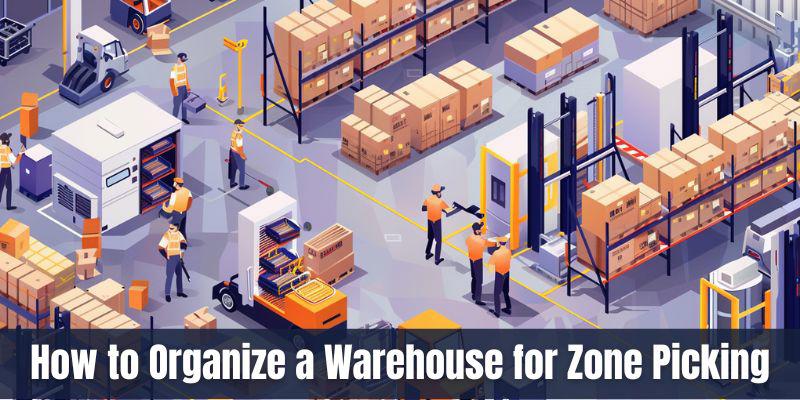
In preparing a warehouse for zone picking, three key factors must be taken into account:
Choosing between a Warehouse Management System (WMS) and a Zone Picking System (ZPS) is crucial. A WMS, a computer-based system, simplifies zone picking management by offering various options. Typically encompassing features for labor and product flow analysis, a WMS can be tailored to incorporate zone specifications. Conversely, a ZPS is specifically designed for pick and pass operations, guiding totes via conveyor through the warehouse. Some enterprises opt for both systems to optimize operations.
Selecting a warehouse organization strategy is paramount due to the adaptable nature of warehouse structures. Products can be arranged based on factors like sales volume or packaging requirements (e.g., frozen goods or hazardous materials). Additionally, adequate space must be allocated for receiving, shipping, inventory storage, and picking. While no single method is universally optimal, meticulous planning is essential for effective warehouse organization.
Determining the requisite equipment for zone picking is crucial. Equipment can range from simple totes and bins on a pushcart to sophisticated goods-to-picker systems employing robotics, carousels, and synchronized conveyors linked to a WMS. The choice of equipment is contingent upon a thorough cost-benefit analysis within the operation.
Here are answers to the top questions about zone picking.
Zone Picking
Definition: Warehouse divided into zones; each picker works in one zone.
Process: Orders split by zones, items picked, then consolidated.
Advantages: Reduces travel time, easy training and efficiency in large warehouses.
Disadvantages: Requires consolidation step, potential delays if one zone is slower.
Batch Picking
Definition: Picking multiple orders simultaneously in one run.
Process: Orders grouped into batches, items picked for all orders at once, then sorted.
Advantages: Reduces travel time, efficient for high-volume small-item orders.
Disadvantages: Requires careful sorting, complex management, potential for errors.
Key Differences
Division of Labor: Zone (zones) vs. Batch (order groups).
Picker Movement: Zone (limited movement) vs. Batch (larger area, fewer trips).
Order Consolidation: Zone (consolidation step) vs. Batch (sorting step).
Efficiency: Zone (large warehouses) vs. Batch (high-volume small-item orders).
Warehouse zoning involves partitioning your warehouse into distinct zones according to different attributes like product type, size, and velocity.
Order picking involves retrieving items for fulfillment from their designated storage locations within a warehouse.
In the realm of warehouse operations, a 'pick' refers to the crucial task of retrieving items from their storage locations, ensuring they are prepared for shipment. Conversely, a 'put away' involves the meticulous process of placing items in their designated storage areas within the warehouse premises.
A picking station and a picking area are intricately linked as they denote specific zones within a warehouse where picking tasks are carried out. The former is predominantly static, furnished with essential equipment such as computers and printers to generate labels and documents. Conversely, picking areas encompass various sections within the warehouse where items are sourced and picked for order fulfillment, with warehouse zones being a prime example.
SEO
Digital Marketing/SEO Specialist
Simon Mang is an SEO and Digital Marketing expert at Wordcraft Logistics. With many years of experience in the field of digital marketing, he has shaped and built strategies to effectively promote Wordcraft Logistics' online presence. With a deep understanding of the logistics industry, I have shared more than 500 specialized articles on many different topics.
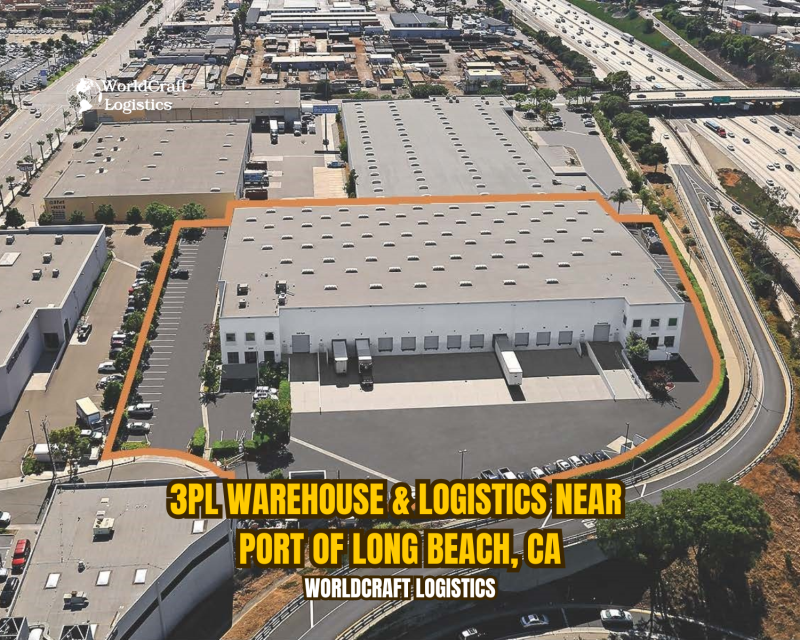
Warehouse
12/30/2024

Warehouse
06/16/2024

Warehouse
03/03/2024
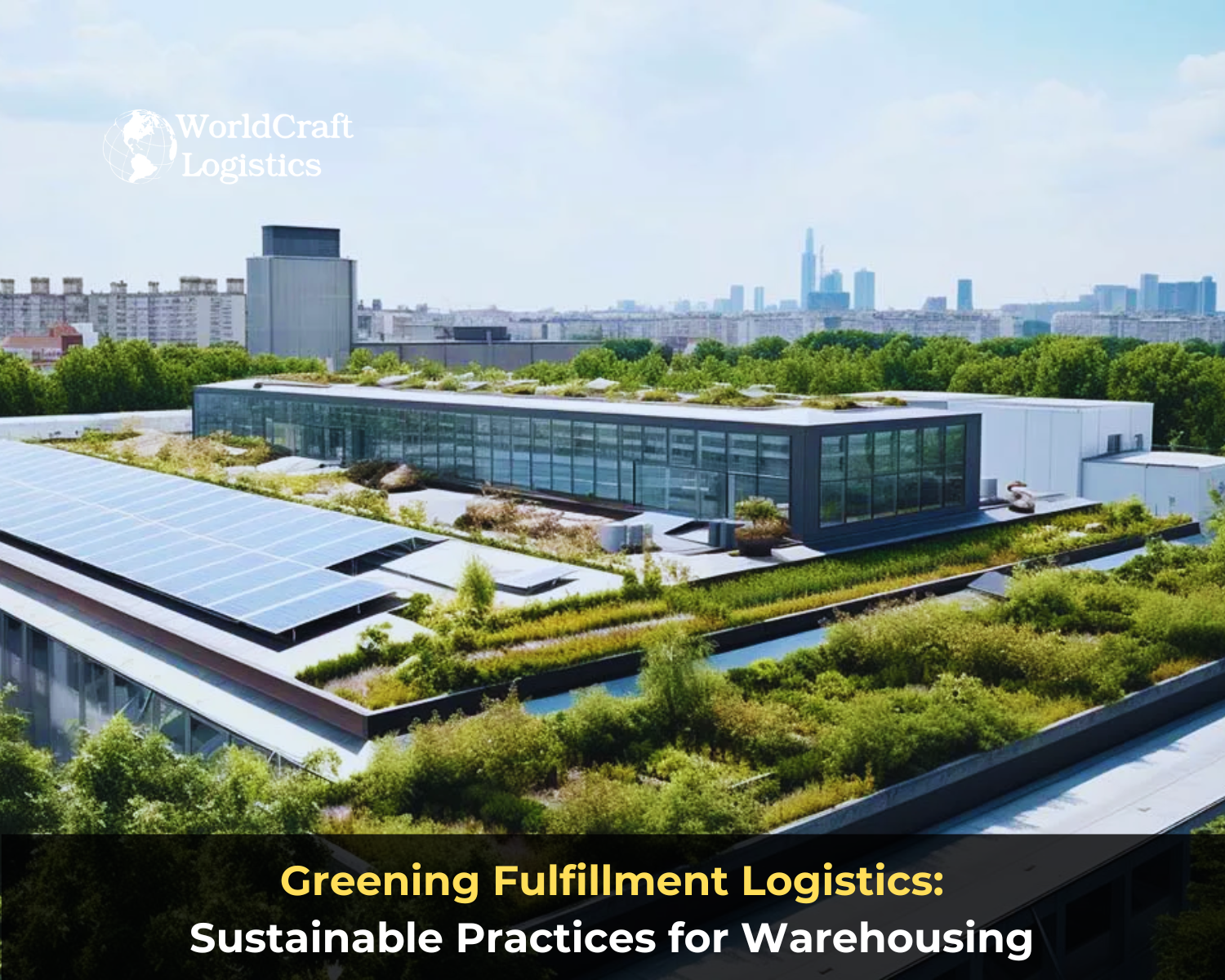
Warehouse
08/25/2024
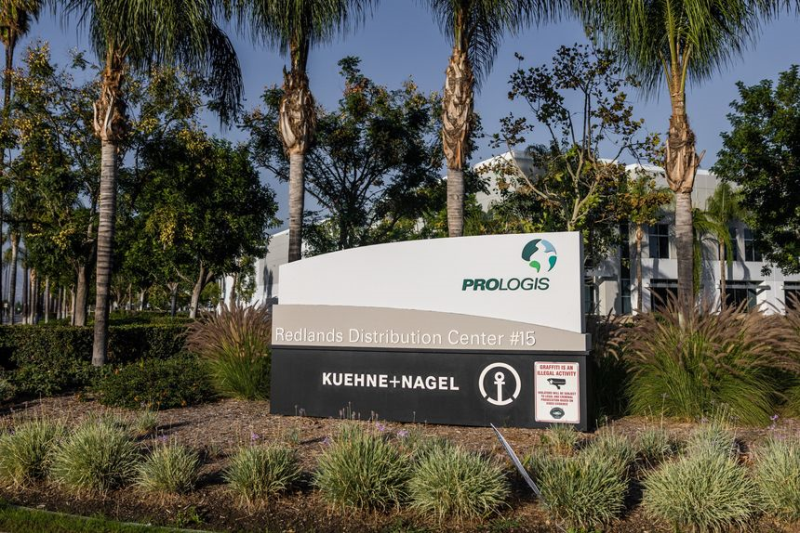
Warehouse
02/20/2023